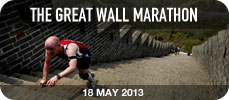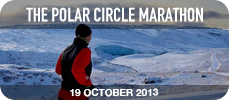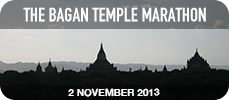You are here
How to watch the solar eclipse


How to view a solar eclipse
We’ve all heard a lot about the solar eclipse and how special it is. But what precautions should we be taking and how do you actually view a solar eclipse? Here’s the lowdown on everything you need to know about viewing a total solar eclipse.
What to expect:
There are four phases of a total solar eclipse. The first phase marks the partial eclipse phase often lasting for an hour or more for the moon to move into position to cover the sun. The second phase occurs when you might be able to see Bailys Beads, points of light that are created by the sun shining through the jagged surface of the moon.
During this phase, a phenomenon called the Diamond Ring may occur which is when you can only see one point of light. After this phase, the moon will cover the sun and only the halo of the sun, called the corona is visible, bringing on totality. During totality, temperatures will drop (it can become quite cold, so remember to bring a cardigan along) and the skies will darken. Animals and birds will note the sudden darkness and become quiet. At this point, you can view the sun directly without risk of damaging your eyes. A total solar eclipse will only last a few minutes. The total eclipse on 14 November 2012 will last approximately two minutes, starting at 6:38am ending at 6:40am (East Australian Standard Time).
The third phase is similar to the second phase where once again, Bailys Beads and the Diamond Ring may be visible. The final phase is the partial eclipse phase where the moon moves away from the sun and when light is restored.
What to bring:
So what do you need? If you are part of our Solar Eclipse Marathon, nothing! We will be providing all runners and spectators in our group with specially-designed glasses for safe eclipse viewing. However, it is always a good idea to bring lots of water and sunscreen as the eclipse lasts for a couple of hours if you want to witness the whole show. Remember, sunglasses are not enough! You might want to bring a pair of binoculars or telescope along for spotting extra details during totality. A cardigan or sweater is also a good idea as the temperature will drop suddenly during moments of totality.
Safety precautions:
Remember never to look at the sun with the naked eye as this can cause permanent eye damage. Don’t use binoculars or telescopes to look at the sun unless during time of totality. Welder’s goggles can be used to look at the sun at all times, however, make sure they rate 14 or higher. Don’t use the goggles as a filter in front of your telescope or binoculars as the magnifying optics of the lenses will concentrate the heat of the sun and cause the filters to shatter or crack.
Tips for viewing a solar eclipse:
Try to spot a shadow band before and after totality. These are peculiar shadow effects visible on flat surfaces that aren’t too dark. They can be quite difficult to spot so keep an eye out for them.
Bright, red dots will form around the moon. Use binoculars to spot these dots, known as prominences.
You can safely view a solar eclipse by making a pinhole projector which basically means projecting the image of the eclipse on something else and looking at that.













